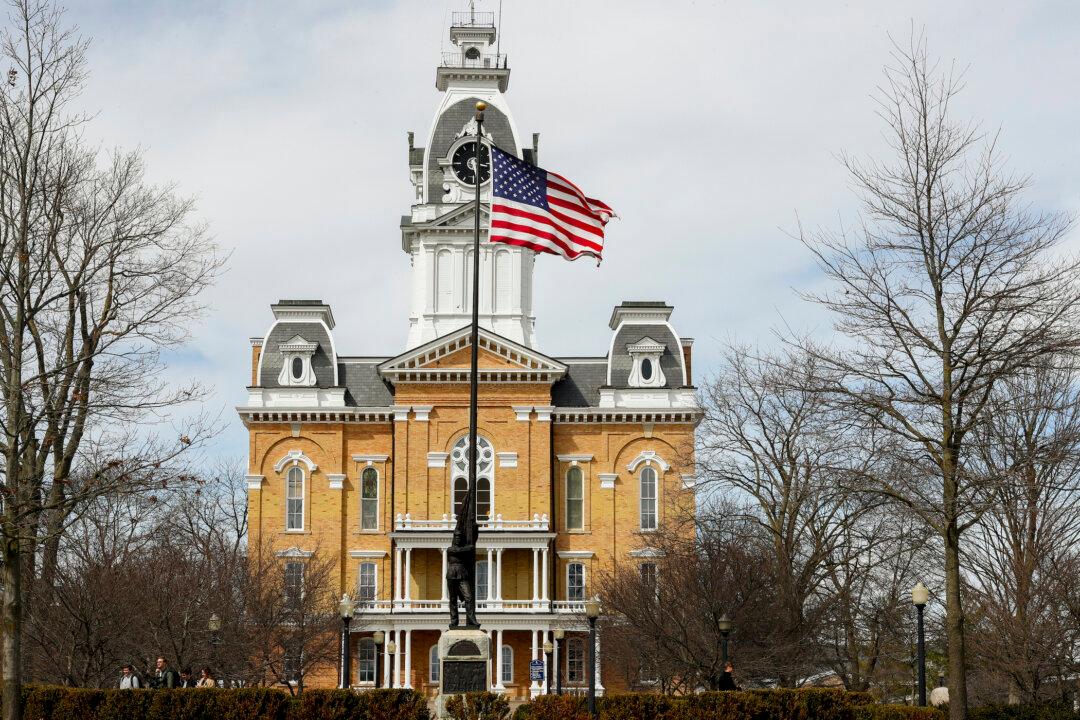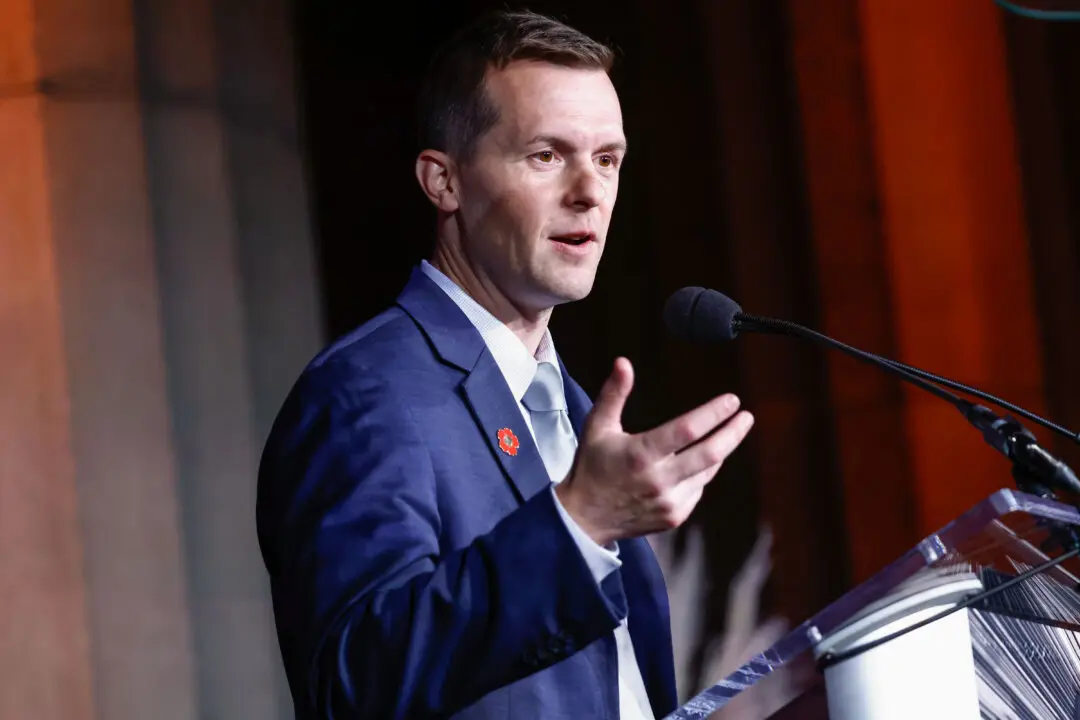A well-known independent newsletter on fuel prices and gas stations has expressed skepticism about the addition of many more electric vehicle (EV) charging stations to U.S. gas stations, in line with Biden administration priorities when it comes to the country’s transportation infrastructure.
The Nov. 17 edition of the Lundberg Letter called the advocacy of much wider EV charger coverage in such settings as an “emerging boondoggle.”
“Gasoline retailers are being told by experts that they must install electric vehicle chargers to survive the ‘energy transition’ and cash in on lucrative subsidies. This report finds some problems with this panacea including massive costs, limited demand, government competition, and meager margins,” the report states.

Biden Administration Wants More Chargers
In coordination with the Democratic-controlled 117th Congress, the Biden administration has pursued many policies aimed at expanding the sales of EVs, including spending intended to increase the number of EV chargers at U.S. gas stations.The 2021 infrastructure bill made $7.5 billion available for a nationwide EV charging network. Some $900 million was unlocked in Sept. 2022 after the Biden administration gave the nod to 35 states’ EV charging network proposals.
It’s part of a broader attempt to scale up EV adoption rapidly in the United States. The administration wants half of all vehicles sold in the United States to be what it describes as “zero-emission vehicles” by 2030. Those vehicles include “battery electric, plug-in hybrid electric, or fuel cell electric vehicles,” according to a 2021 announcement from the White House.

Meanwhile, Republicans took a softer line on electrification during the past Congress—a sign of things to come from a GOP-dominated House.
Maloney had previously stated that additional Congressional funding, as well as the recently passed $50 billion relief bill for the Postal Service, could be used to buy more EVs for the agency.

“Republicans believe the Postal Service must be self-funded. This means the Postal Service should pay for its own capital needs, like purchasing new vehicles,” Comer continued.
The debates over whether and how to fund EVs and EV charging infrastructure don’t always break down along clear partisan lines.
Although the state’s Democratic Party backed Proposition 30, California Governor Gavin Newsom rejected it, claiming that it functioned as a taxpayer subsidy for the ride-sharing company Lyft. That aligned the left-leaning governor, seen by some as a potential 2024 replacement for Biden, with his state’s Republican Party, which also opposed Proposition 30.

‘Astronomic Growth’ Required for Existing E-Car Chargers to Make Sense
The Lundberg Letter noted that EV charging stations have proliferated in the past several years, jumping from 31,738 in 2020 to 50,054 in 2021, according to the Energy Information Administration. They credited that growth to “lavish government subsidies.”They argued that level 1 and level 2 EV chargers are too slow to make sense at gas stations, meaning stations would need to purchase costly level 3 chargers—and even those chargers take a lot longer than a gas pump.
The Lundberg Letter estimated the vast majority of today’s EV customers charge their vehicles at home or at free public stations. Their analysis suggests that the existing private network of EV chargers is already overbuilt, assuming there isn’t a major surge in demand in the near future.
“It will take astronomic growth in the e-car population to justify even the existing stable of e-car stations, much less the massive growth planned in coming years,” the letter states.
The Epoch Times has reached out to e-car charging experts for comment.





